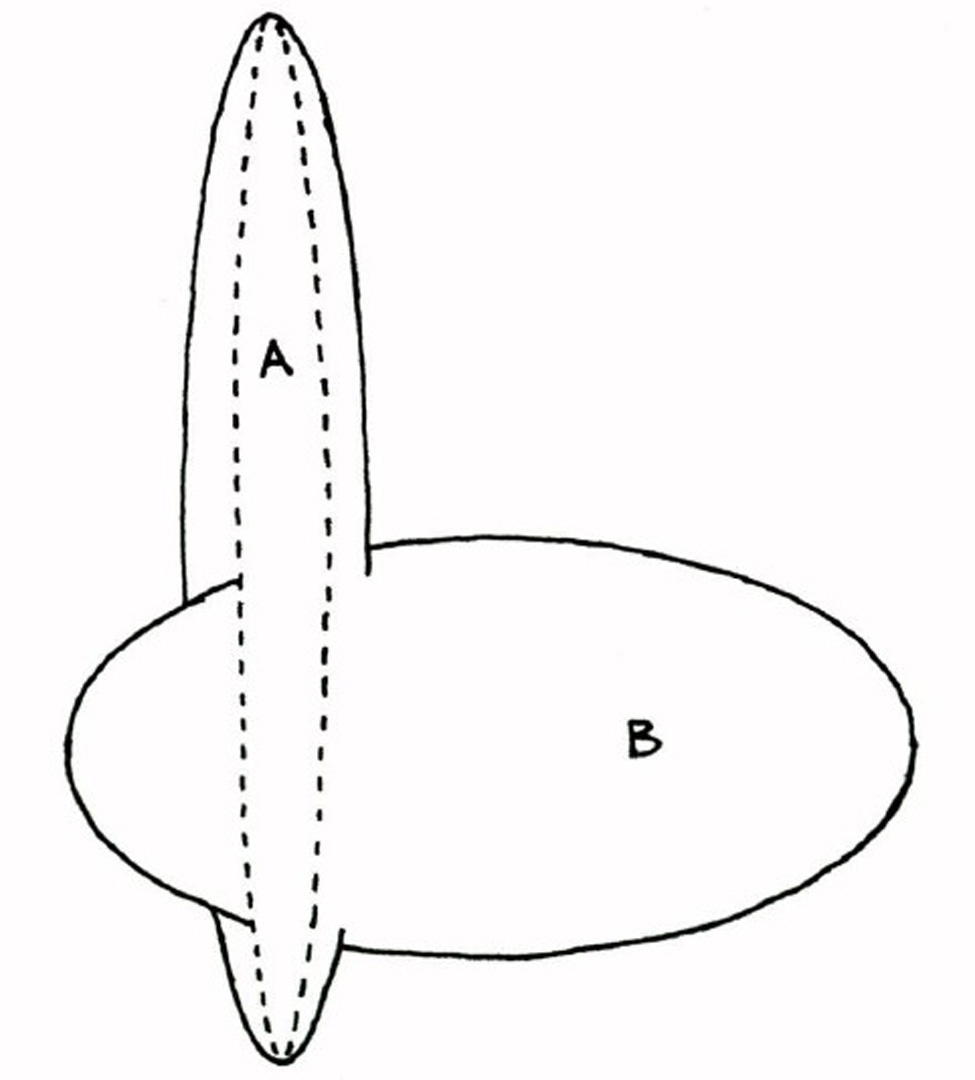“NUDES 2: A numeric utility displaying ellipsoid solids, version 2” by Herbison-Evans
Conference:
Type(s):
Title:
- NUDES 2: A numeric utility displaying ellipsoid solids, version 2
Presenter(s)/Author(s):
Abstract:
A system is described for producing 16 mm animated films of moving humanoid figurines and other figures composed of concatenated articulated interpenetrating ellipsoids. For such figures, the hidden line algorithm used consists in solving the quartic equations which result from simultaneous pairs of ellipses viz. (a) the projection of the outline of one being drawn, and (b) that of one potentially obscuring it. This is done in terms of Cohen’s parameter, resulting in an ordered list of compacted hidden arcs of each outline. The visible outlines are then generated to the required fidelity separately. Where two ellipsoids interpenetrate, the outline of each is drawn up to the points where it disappears into the other. These points can be found by the simultaneous solution of the ellipse equations of (a) the projection of the outline being drawn, and (b) the projection of the ellipse of intersection of the obscuring ellipsoid with the plane of the outline of the drawn ellipsoid. The viewing window is assumed to be an ellipse also. Parts of objects projecting outside this ellipse are not drawn. The number of quartics to be solved is reduced significantly by testing each pair of ellipsoids for non-intersection of projected outlines by comparing the projected separation of centres with the sum of their maximum semiaxis lengths, and taking advantage of the total obscuration of one ellipsoid by another when discovered.
References:
1. Barnard, S. and Child, S. Higher Algebra Macmillan & Co., London (1936) p. 187.
2. Cohen, D. On linear difference curves. Proceedings of International Symposium ‘Computer Graphics 70’ (1970) Brunel University.
3. Fleck, J.T., Butler, F.E., and Vogel, S.L. An improved three dimensional computer simulation of vehicle crash victims. Calspan Corporation (1975).
4. Goldstein, G.D. A system for computer animation of 3-D objects. Proc. 10th Annual Meeting of Users of Automatic Information Display Equipment (UAIDE) (1971) pp. 3-128 to 3-139.
5. Herbison-Evans, D. Animated cartoons by computers using ellipsoids. Proc. 6th Australian Computer Conference, pp. 811-823.
6. Herbison-Evans, D. NUDES 2: A Numeric Utility Displaying Ellipsoid Solids, Version 2. Technical Report 125, Sydney University (1977) Basser Department of Computer Science.
7. Herbison-Evans, D. How to merge lists of hidden arcs and then not draw them. Technical Report 128, Sydney University, (1978) Basser Department of Computer Science.
8. Levin, J. A parametric algorithm for drawing pictures of solid objects composed of quadric surfaces. Comm. Assoc. Comp. Mach. Vol. 19, No. 10 (1976) pp. 555-563.
9. Weiss, R.A. BEVISION, A package of IBM 7090 FORTRAN programs to draw orthographic views of combinations of plane and quadric surfaces. J. Assoc. Comp. Mach. Vol. 13, No. 2 (1966) pp. 194-204.




